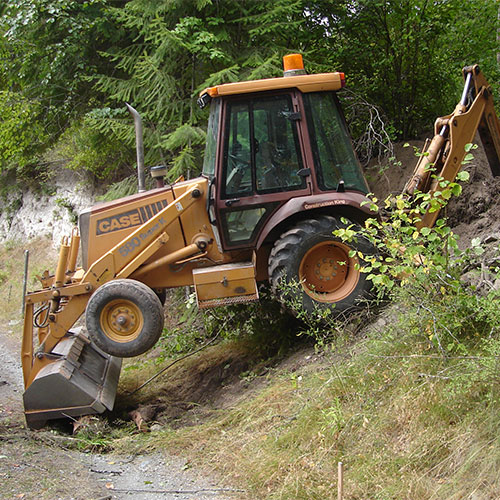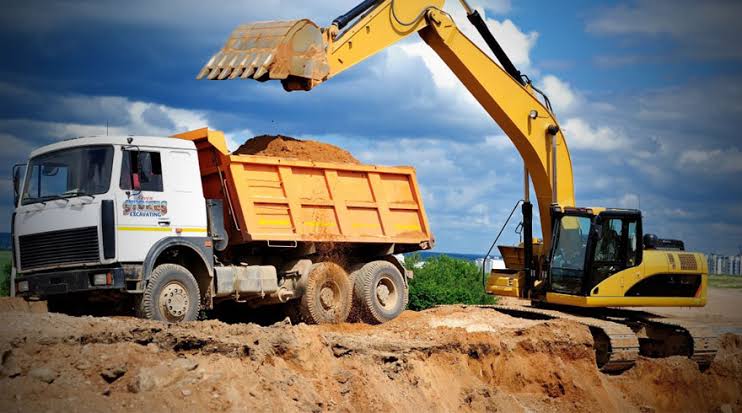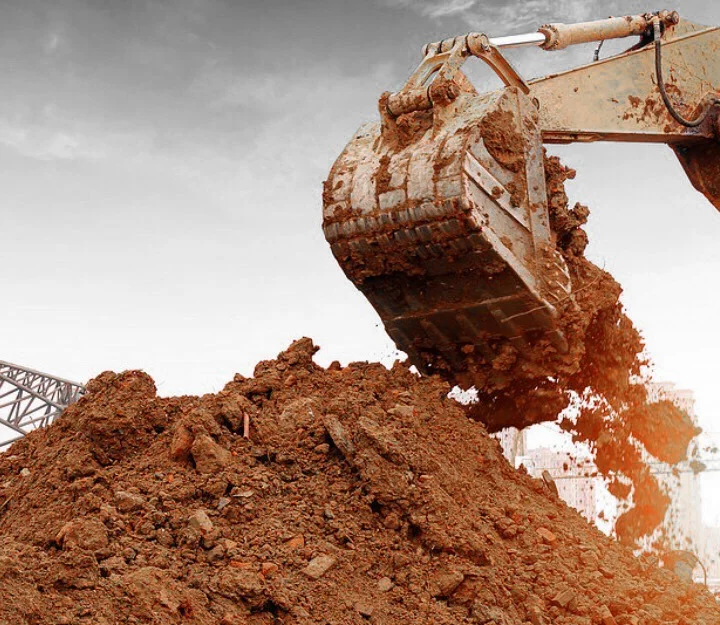Thorough Expedition: The Science Behind Superior Excavation Practices
From ancient hand devices to modern-day hydraulic excavators, the evolution of excavation techniques has actually been a testimony to human ingenuity and technological advancements. What absolutely establishes remarkable excavation practices apart is a deep understanding of geological principles, paired with the use of innovative tools and techniques.
Advancement of Excavation Methods
Throughout history, the advancement of excavation methods has played a crucial duty beforehand construction techniques and historical discoveries. From the primary tools used by our forefathers to the sophisticated equipment utilized in modern times, the development of excavation methods has actually considerably transformed just how we approach different projects.
In old times, manual work with standard tools such as wheelbarrows, pickaxes, and shovels was the main approach of excavation. This labor-intensive process restricted the depth and range of excavations, often leading to slow-moving development and limited access to specific websites. As civilizations advanced, so did the tools and strategies made use of for excavation.
The Industrial Change noted a transforming point in excavation exercise with the intro of steam-powered machinery. This innovation reinvented the field, enabling faster and extra considerable excavations. In contemporary times, innovation plays a crucial role in excavation, with improvements like general practitioner systems, drones, and 3D scanning boosting precision and efficiency in the field. The development of excavation methods proceeds to form the means we build, explore, and comprehend the world around us.
Duty of Modern Technology in Excavation

The integration of sophisticated modern technology has fundamentally revolutionized the area of excavation, improving precision and efficiency to extraordinary degrees. One of the vital technical developments that has significantly influenced excavation techniques is the use of GPS systems. These systems enable exact mapping of excavation sites, making it possible for drivers to accurately situate underground energies and structures. Additionally, the usage of telematics in excavation equipment has actually allowed real-time monitoring of maker performance, bring about positive upkeep and increased functional productivity.
Additionally, the arrival of 3D modeling and simulation software application has structured the preparation process for excavation jobs. Operators and engineers can currently visualize the entire excavation procedure prior to beginning, recognizing potential challenges and maximizing process. In combination with this, the implementation of drones in excavation activities has assisted in airborne studies, volumetric dimensions, and site evaluations with unequaled rate and precision.
Geological Concepts in Excavation
An understanding of geological concepts is important for guaranteeing the structural stability and security of excavation websites. Geological aspects play a crucial role in identifying the feasibility and security of excavation projects (lancaster excavation). One key geological principle to consider is the type of dirt or rock existing at the website. Various soil types, such as clay, sand, or gravel, have varying levels of security and call for various excavation methods. Cohesive dirts like clay might need additional support to protect against collapses, while sandy dirts may be prone to erosion throughout excavation.
In addition, the geological framework of the area, consisting of mistakes, fractures, and rock developments, must be thoroughly assessed to recognize prospective threats and difficulties. Excavating near geological fault or unstable rock developments can result in instability and potential dangers. By conducting thorough geological studies and analysis, designers and excavators can create techniques to minimize dangers and make certain the successful conclusion of excavation projects. Inevitably, incorporating geological concepts right into excavation methods is critical for accomplishing secure, efficient, and lasting results.

Most Recent Devices for Excavation
In the world of excavation techniques, modern technologies in devices have actually changed the performance and accuracy of excavation procedures. One of the newest tools making waves in the industry is using drones equipped with innovative imaging technology. These drones can provide detailed airborne studies of visit the site excavation sites, using real-time data on topography and potential hazards. This details help in much better planning and decision-making during the excavation procedure.
Another cutting-edge device acquiring popularity is the execution of 3D printing modern technology for producing custom-made excavation equipment. This permits for the manufacturing of specialized tools that are tailored to the details demands of a project, raising efficiency and reducing downtime.
In addition, developments in products science have actually resulted in the growth of stronger and extra long lasting excavation devices. septic ohio. Tungsten carbide-tipped excavator accessories, for instance, offer premium performance in tough ground conditions, improving performance on-site
Science's Influence on Excavation Practices

Additionally, scientific research on soil auto mechanics and geotechnical design has actually offered useful understandings into soil habits, permitting excavation professionals to make informed decisions relating to excavation approaches and soil stabilization methods. Generally, science continues to drive development and enhancement in excavation techniques, making excavation projects more effective, economical, and lasting.

Final Thought
Finally, the development of excavation techniques has actually been substantially affected by improvements in technology and a much deeper understanding of geological concepts. The most recent devices and devices used in excavation have actually boosted effectiveness and precision in the area. The application of scientific knowledge has actually substantially improved excavation practices, bring about a lot more effective and lasting techniques for excavating numerous sorts of materials.
In the realm of excavation practices, contemporary innovations in devices have actually changed the effectiveness and precision of excavation processes. By leveraging clinical concepts, the excavation market has been able to significantly improve performance, precision, and security in excavation processes. GPR permits excavation groups to non-invasively scan and map subsurface structures, energies, and prospective dangers, enabling them to explanation intend excavation tasks with higher precision and lowered danger of accidents.
Additionally, clinical research study on dirt auto mechanics and geotechnical engineering has actually supplied important understandings right into soil habits, enabling excavation professionals to make enlightened decisions regarding excavation approaches and soil stablizing methods. Overall, scientific research continues to drive technology and enhancement in excavation practices, making excavation jobs more reliable, affordable, and lasting.
Comments on “Lancaster Trenching - Expert Trenching Solutions in Lancaster, Ohio”